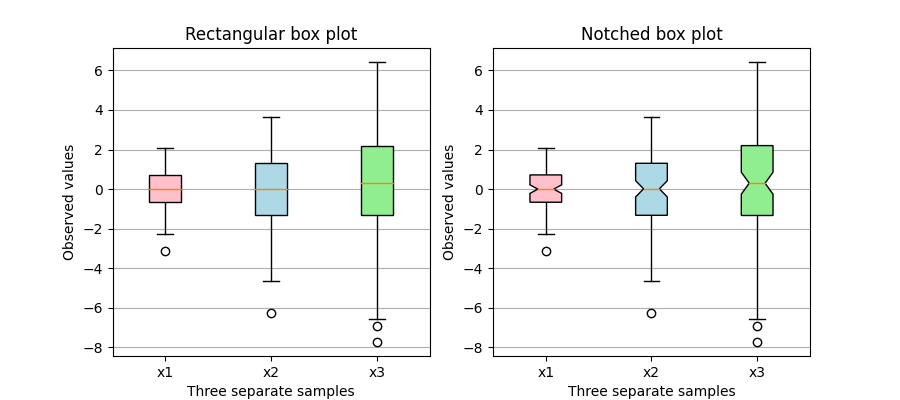


How possible would it be to wrap y axis tick labels after a certain. While more complicated, is a much more powerful way of creating plots and should be used when developing more complicated visualizations. Matplotlib is the most commonly used plotting library in Python. In general, I think you should use the object-oriented API. If you need a primer on matplotlib beyond what is here I suggest: Python Like you Mean It or the matplotlib users guide. One part of matplotlib that may be initially confusing is that matplotlib contains two main methods of making plots - the object-oriented method, and the state-machine method.Ī very good overview of the difference between the two usages is provided by Jake Vanderplas. matplotlib API - state-machine versus object-oriented ¶
#Subplot size matplotlib code
For some inspiration, check out the matplotlib example gallery which includes the source code required to generate each example. matplotlib can create almost any two dimensional visualization you can think of, including histograms, scatter plots, bivariate plots, and image displays. Note: Use and implement method 1 because this method fully tested our system.Īll methods was sourced from or, is licensed under cc by-sa 2.5, cc by-sa 3.0 and cc by-sa 4.Matplotlib is a very powerful plotting library for making amazing visualizations for publications, personal use, or even web and desktop applications. In a simple way, different size sub plotting can also be done without gridspec: plt.figure(figsize=(12, 6)) (arguments inside figsize lets to modify the figure size) To change figure size of more subplots you can use plt.subplots (2,2,figsize (10,10)) when creating subplots. The default size of a plot in matplotlib is (6.4,4. You can use plt.figure (figsize (16,8)) to change figure size of a single plot and with up to two subplots. So if you want your plot to be 8 inches wide and 6 inches high, pass (8,6) to figsize. Note that the width and height should be in inches. So bmu’s example becomes: import numpy as npĪx0 = plt.subplot2grid((1, 3), (0, 0), colspan=2) import matplotlib.pyplot as plt plt.figure (figsize (width,height)) Here, we pass the desired dimensions of the plot as a (width,height) tuple to figsize. import matplotlib.pyplot as plt import numpy as np fig, ax plt.subplots (figsize ( 12, 6 )) x np.arange ( 0, 10, 0.1 ) y np.sin (x) z np.cos (x) ax.plot (y, color 'blue', label 'sine wave' ) ax.plot (z, color 'black', label 'cosine wave' ) ax.settitle ( 'sine and cosine waves', fontsize 20 ) ax. Probably the simplest way is using subplot2grid, described in Customizing Location of Subplot Using GridSpec. I used pyplot‘s axes object to manually adjust the sizes without using GridSpec: import matplotlib.pyplot as plt Gs = gridspec.GridSpec(1, 2, width_ratios=) In contrast to matplotlibs algorithm, proplots algorithm can change the figure size and permits variable spacing between each subplot row and column (see. You can use gridspec and figure: import numpy as np has available gridspect_kw optionsį, (a0, a1) = plt.subplots(1, 2, gridspec_kw=).matplotlib Tutorial: Customizing Figure Layouts Using GridSpec and Other Functions.Before doing so, let’s quickly see an example of creating a single Matplotlib plot in the below section: import matplotlib.pyplot as plt x 10, 11, 15 y 3, 9, 21 plt.plot (x, y, color'red') plt.

#Subplot size matplotlib how to
I can adjust the first figure using the figsize argument in the constructor, but how do I change the size of the second plot? How to solve : I accomplished this using GridSpec and the colspan argument but I would like to do this using figure so I can save to PDF. One subplot needs to be about three times as wide as the second (same height). All we need is an easy explanation of the problem, so here it is.


 0 kommentar(er)
0 kommentar(er)
